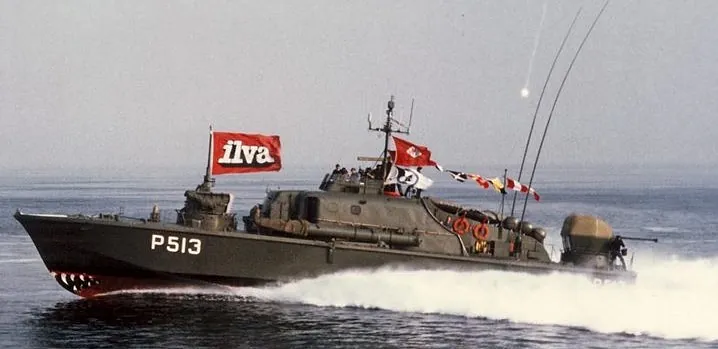FE kold krig
Forsvarets Efterretningstjeneste under den kolde krig
Snorres Forlag. 168 sider, 136 illustrationer. Trykt bog (200 kr.) og E-bog (150 kr.). Fås i boghandelen.
Hvad lavede Forsvarets Efterretningstjeneste egentlig under den kolde krig? Mange husker diverse skandaleprægede sager - aflytningen af et kommunistægtepars soveværelse fra 1952 til 1959, og Kejsergadesagen i 1969. I 1987 blev to danske agenter afsløret og fængslet i Polen.
Fjendebilleder giver en helt anden og i den forstand mere positiv indsigt ved at analysere materiale, der hidtil har været højt klassificeret i FE’s arkiv. For første gang offentliggøres den kolde krigs tophemmelige dokumenter, som nu er afklassificerede og ligger i Rigsarkivet.
Fjendebilleder lader skandalerne ligge og fokuserer på det, FE producerede til den militære topledelse: Omfattende rapporter om Warszawapagtens militære formåen - helt ned til mindste detalje om, hvilke båndbredder fjendens forskellige elektroniske systemer anvendte - så man kunne aflytte militær kommunikation og blokere for deres anvendelse i krig.
Fokus i Fjendebilleder er imidletid ikke på disse tekniske rapporter, men på FE’s analyser af militær strategi og taktik - med særlig vægt på Warszawapagtens flåder. Hvilken taktik brugte deres frygtede missil-torpedobåde? Hvorledes styrede de missilerne, når de var affyret mod en NATO-modstander? Hvordan ville de stryge NATO’s miner, der blokerede for landsætning af tropper på de danske strande? Hvordan organiserede de i det hele taget et angreb fra søen på Danmark?
